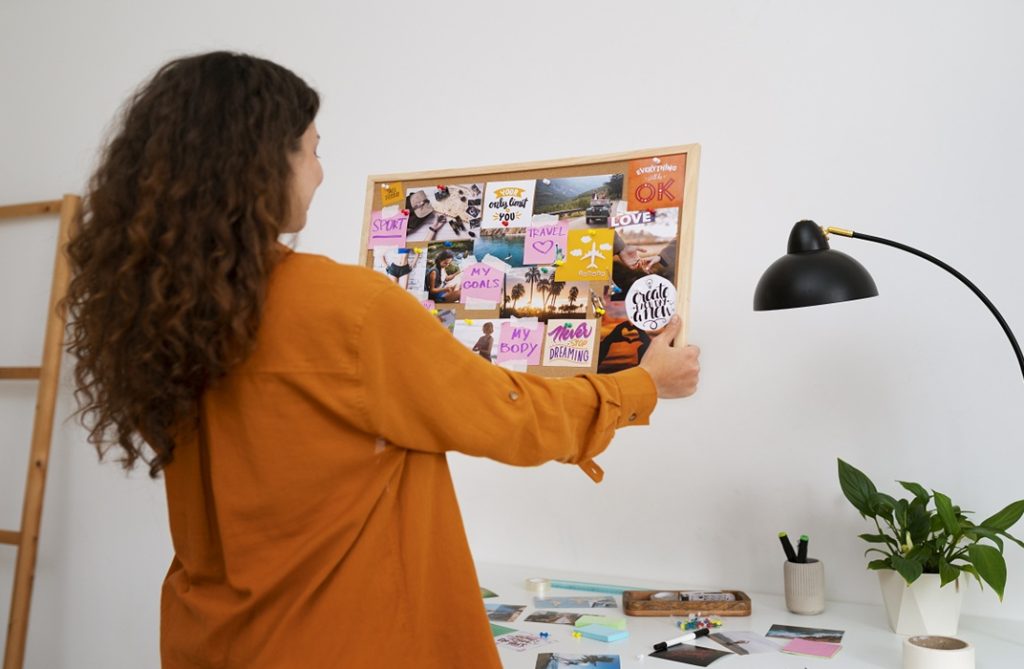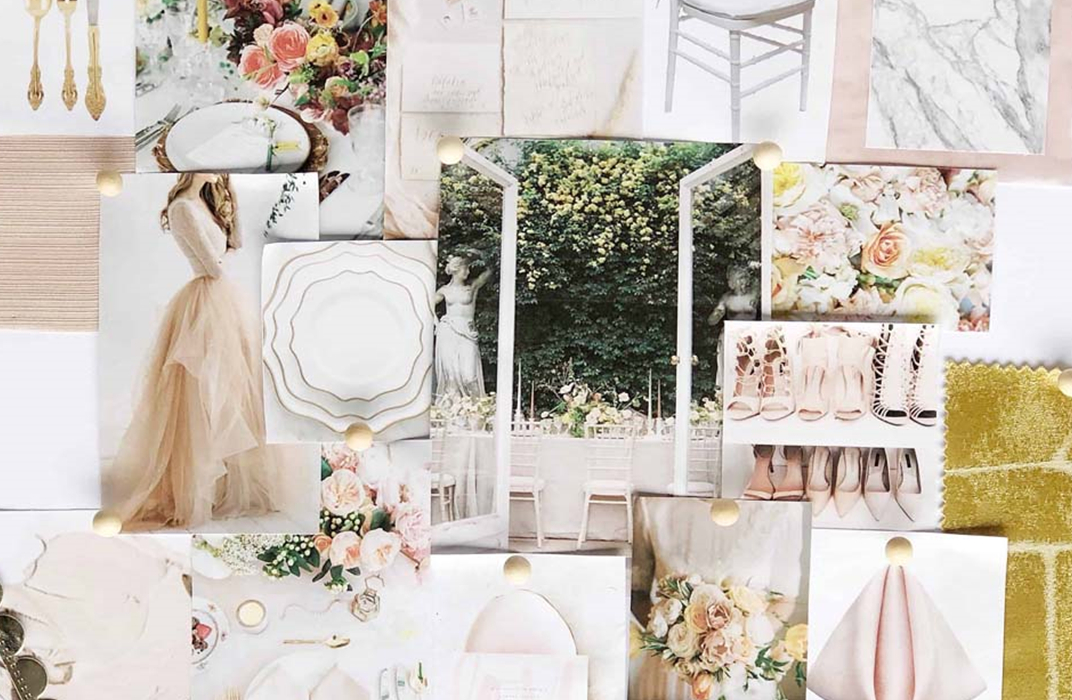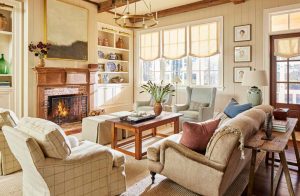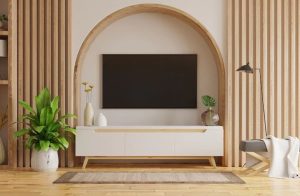Why Creating A Mood Board Is Essential For Effective Design
One of the key benefits of a mood board is its ability to clarify your vision. When you gather various elements that resonate with your intended theme, it allows you to see how they interact with one another. This process can reveal the strengths and weaknesses of your choices, enabling you to refine your ideas before committing to any specific design elements. For instance, if you are designing a living space with a cozy, rustic feel, a mood board can help you visualize how different wood finishes, fabrics, and colors work together. This clarity can save time and resources by preventing missteps later in the design process.
Additionally, mood boards facilitate effective communication with clients and collaborators. When presenting your ideas, a visual representation can bridge the gap between abstract concepts and tangible outcomes. Clients may find it easier to understand your vision when they can see the colors, textures, and overall vibe you are aiming for. This shared understanding fosters collaboration and encourages feedback, making it easier to adjust the design direction based on client preferences. Ultimately, this collaborative approach can lead to a more successful outcome that meets everyone’s expectations.

Another advantage of creating a mood board is its role in inspiring creativity. The process of curating images and materials can ignite new ideas and spark innovative solutions. As you explore various design elements, you may discover unexpected combinations that elevate your project. This exploration can lead to a more dynamic and unique design that stands out. Furthermore, a mood board can serve as a source of motivation, reminding you of your initial vision and keeping you focused on your goals throughout the project.
When creating a mood board, it is essential to be intentional about your selections. Choose images and materials that genuinely resonate with your vision and the emotions you want to evoke. Consider the color palette, textures, and styles that reflect your theme. This intentionality will ensure that your mood board effectively communicates your design intent. Additionally, don’t hesitate to experiment with different layouts and arrangements. The way you present your elements can influence the overall impact of your mood board, so take the time to find a composition that feels cohesive and inspiring.
In a world where visuals play a crucial role in decision-making, a mood board can be an invaluable tool in the design process. By providing clarity, enhancing communication, and inspiring creativity, it lays a strong foundation for successful projects. Whether you are working on a personal project or collaborating with clients, investing time in creating a mood board can lead to a more focused and satisfying design experience. Embracing this practice can ultimately help you bring your creative vision to life in a way that resonates with both you and your audience.




